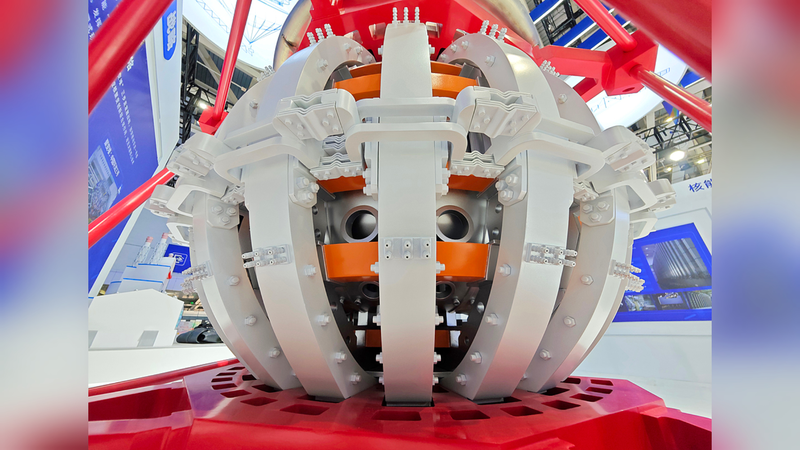At the World Robot Competition hosted by China Media Group, a four-legged marvel named Black Panther 2.0 sprinted to 10.3 meters per second – nearly matching Usain Bolt's top human speed of 10.44 m/s. This feat shattered the previous machine-dog world dash record held by Boston Dynamics' WildCat.
Weighing just 38 kilograms and standing 0.63 meters tall, Black Panther 2.0 unleashed its power on a treadmill, ramping up to full pace within 10 seconds. Its peak stride frequency clocks in at an impressive five strides per second, thanks to a recent upgrade that integrated three separate carbon-fiber lower limbs for extra strength and stability.
This breakthrough comes from a collaboration between the humanoid innovation institute at Zhejiang University and the Hangzhou-based startup Mirror Me. Their shared vision is to push quadruped robots into real-world missions beyond the lab.
From Sprinting to Saving Lives
While Black Panther 2.0 now outruns most humans, it still trails behind the animal kingdom's fastest sprinters, like cheetahs and ostriches. Developers envision these agile robots navigating earthquake rubble, delivering medical supplies, or supporting rescue teams in hard-to-reach zones – transforming disaster relief and logistics.
Why This Matters
- Tech Innovation: Sets a new bar for quadruped robots, inspiring startups and researchers worldwide.
- Global Impact: Potential to revolutionize emergency response and last-mile delivery across diverse terrains.
- Future Trends: Blurs the line between biology and robotics, fueling discussion on ethics, sustainability, and human-machine collaboration.
From tech hubs in Asia to labs in North America and Europe, the robotics race is heating up. As Black Panther 2.0 raises the bar, where will the next sprint take us? Share your thoughts on the future of high-speed robotics.
Reference(s):
China hits robotics milestone with robot dog as fast as Usain Bolt
cgtn.com




